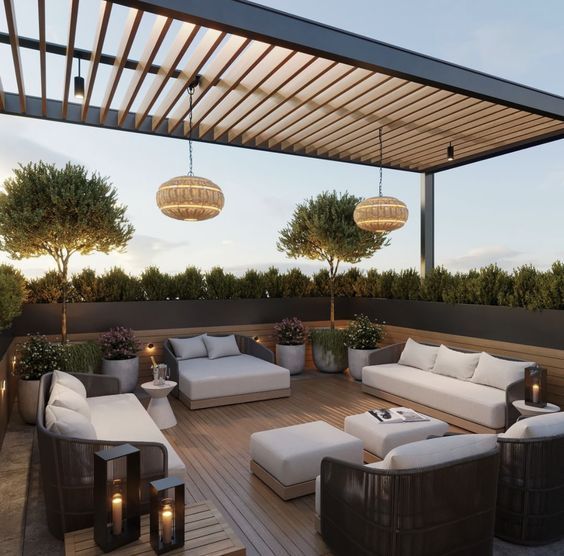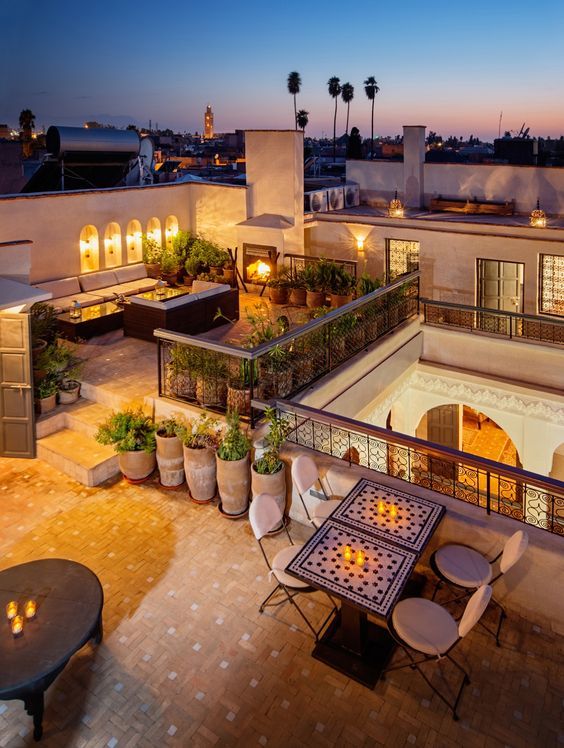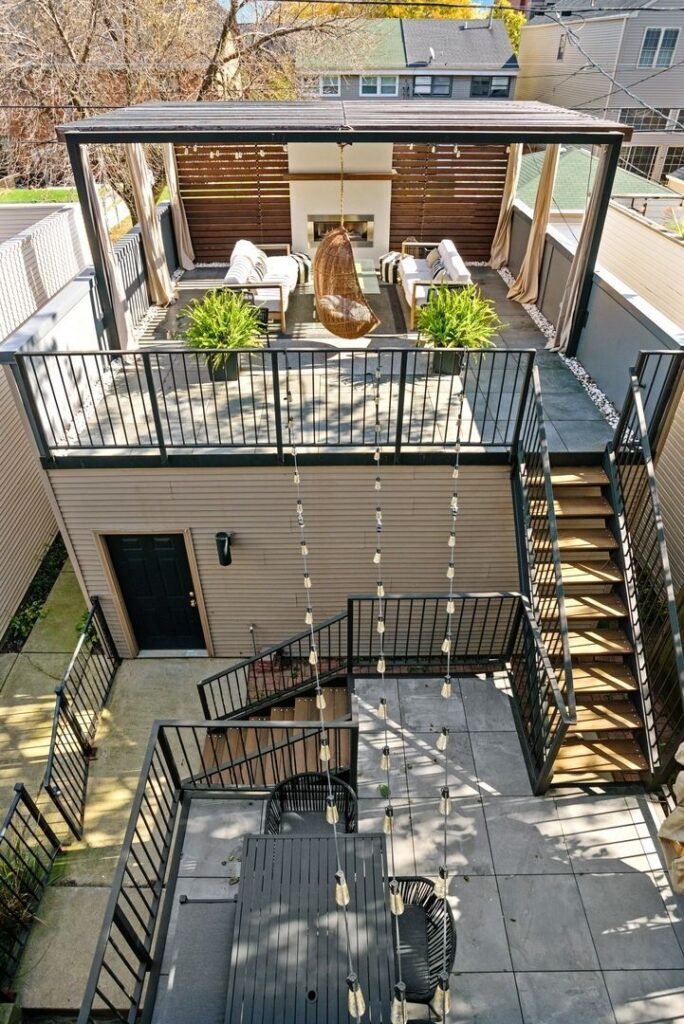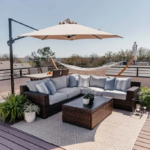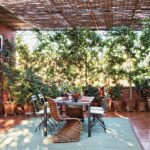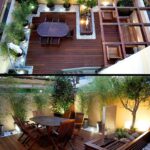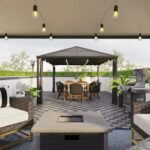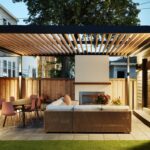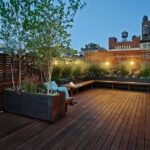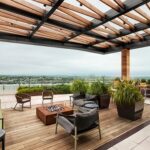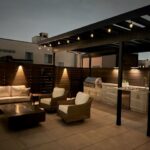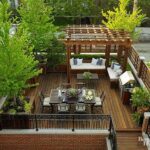Rooftop patios are becoming increasingly popular as urban living spaces continue to grow and evolve. These outdoor spaces offer a sanctuary above the hustle and bustle of city life, providing a place to relax, entertain, and enjoy the fresh air. Designing a rooftop patio requires careful consideration of layout, function, and aesthetics to create a space that is both beautiful and functional.
When designing a rooftop patio, it is important to first consider the size and shape of the space. The layout should be planned to maximize the available square footage while still allowing for comfortable seating and circulation. In smaller spaces, compact furniture and space-saving design elements can help make the most of the area. For larger spaces, consider dividing the patio into different zones for dining, lounging, and gardening.
Functionality is another key consideration in rooftop patio design. Determine how you intend to use the space – whether it is for relaxing with a book, hosting dinner parties, or gardening. This will help guide decisions on furniture, lighting, and decor. Invest in quality outdoor furniture that is both stylish and durable to withstand the elements. Consider adding amenities such as a built-in grill, outdoor kitchen, or fire pit to enhance the functionality of the space.
Aesthetics play a crucial role in creating a welcoming and inviting rooftop patio. Choose a cohesive color scheme and style that complements the architecture of your home and the surrounding landscape. Soften the hard edges of the rooftop with lush greenery, such as potted plants, hanging baskets, and vertical gardens. Incorporate textiles, such as throw pillows, rugs, and curtains, to add warmth and texture to the space. Lighting is also important for creating ambiance and extending the usability of the patio into the evening hours.
Privacy is often a concern when designing a rooftop patio, especially in urban environments where neighboring buildings are close by. Consider adding tall planters, trellises, or privacy screens to create a sense of seclusion. Strategic placement of furniture and accessories can also help to define different seating areas and create a sense of intimacy. Take advantage of natural barriers, such as walls or parapets, to create a sense of enclosure without blocking views of the surrounding skyline.
Finally, safety is paramount when designing a rooftop patio. Ensure that the structure of the rooftop can support the weight of furniture, people, and any additional amenities you plan to add. Install proper railings or barriers to prevent falls and ensure that any electrical wiring or lighting fixtures are properly installed and grounded. Consider consulting with a professional designer or contractor to ensure that your rooftop patio design is both beautiful and safe for years to come.
